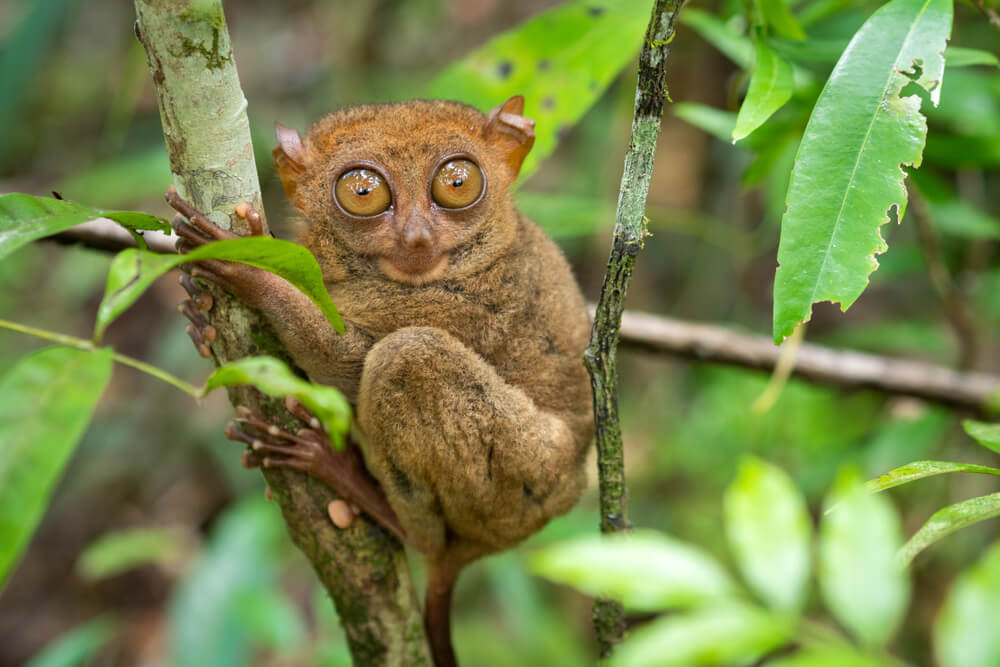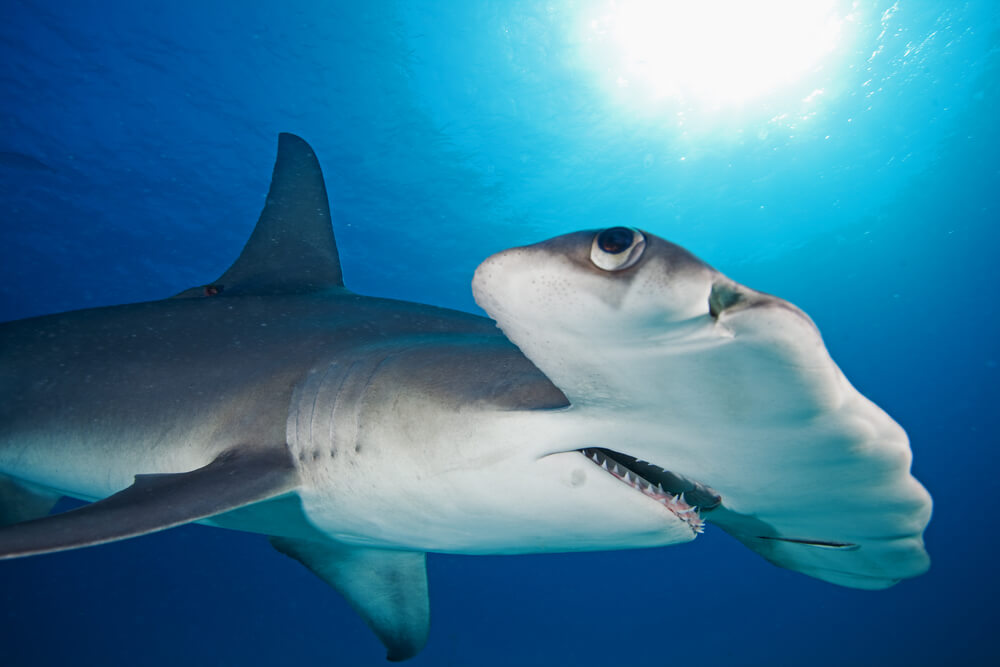Eye size compared in the animal kingdom
Have you ever wondered which animals have the biggest peepers? It's not just about looking adorable (big eyes do help), large eyes in the animal kingdom are all about survival. Let's look into some of nature's most fascinating big-eyed creatures out there.

Land Animals with the Biggest Eyes
- The Ostrich: These big birds take the cake for the largest eyes of any land animal. Each eye is about the size of a snooker ball! These massive peepers give ostriches excellent vision, which is super handy for spotting predators from a distance.
- The Tarsier: These tiny primates have enormous eyes relative to their body size, each eye is as big as their brain! Tarsiers are nocturnal, so big eyes help them see at night while hunting for insects.
- The Horse: Horses have the largest eyes of any domestic animal. Their eyes are roughly the size of a golf ball, which gives them a wide field of vision to look out for predators.
- The Owl: Owls are famous for their big, beautiful eyes. They're not just for show; their large eyes are incredibly efficient at collecting light, making them excellent nocturnal hunters.
Water-based Animals with the Biggest Eyes
- The Colossal Squid: The title for the biggest eyes in the entire animal kingdom goes to the colossal squid. Their eyes can be as big as a dinner plate – 11 inches in diameter! Why so big, you may be asking? It helps them see in the deep, dark ocean.
- The Swordfish: Believe it or not, swordfish have pretty large eyes, about the size of a tennis ball. Big eyes help these speedy fish see better in the murky depths of the ocean and hunt more effectively.
- The Giant Squid: Not to be outdone by its cousin, the giant squid also boasts some impressive eyes. While not as large as the colossal squid's, they're still about the size of a basketball.
- The Mantis Shrimp: While their eyes aren't large in size, they're big in terms of capabilities. Mantis shrimp have some of the most complex eyes in the animal kingdom, capable of seeing polarised light and several more colour wavelengths than humans.

Two honourable mentions, that have nothing to do with the biggest eyes but certainly the strangest, have to go to:
The Hammerhead Shark: The Hammerhead Shark, famous for its unique head shape that looks like, you guessed it, a hammer, possesses nature's Ocean's Wide-Angle Lens. But have you ever thought about why they have such a wacky head? It's all about the eyes! These sharks have their eyes on the ends of their wide heads, giving them a killer 360-degree view. This means they can see above and below them at all times, pretty handy for a predator right? It's like having built-in panoramic vision. So, the next time you see a picture of a hammerhead, remember that odd head isn't just for show, it's a perfect adaptation for survival in the deep sea.
The Blobfish: The blobfish, often called the world's ugliest animal (poor thing), has some pretty large peepers for its size. Living deep in the ocean where light is scarce, their big, gloopy eyes are crucial for scouting the murky waters for food. Blobfish eyes are adapted to detect the tiniest glimmers of light in the deep sea, helping them navigate and find meals. They may not win any beauty contests, but in the harsh conditions of the deep sea, they have the tools they need.
In the animal kingdom, big eyes are much more than a cute feature. They're a critical adaptation for survival. From spotting predators to navigating the depths of the ocean, these creatures rely on their impressive eyesight to thrive in their environments. It's a beautiful reminder of how diverse our planet really is.
Author: John Dreyer Optometrist Bsc(Hons), MCOPTOM, DipCLP
Created: 30 Nov 2023, Last modified: 7 Jan 2025

